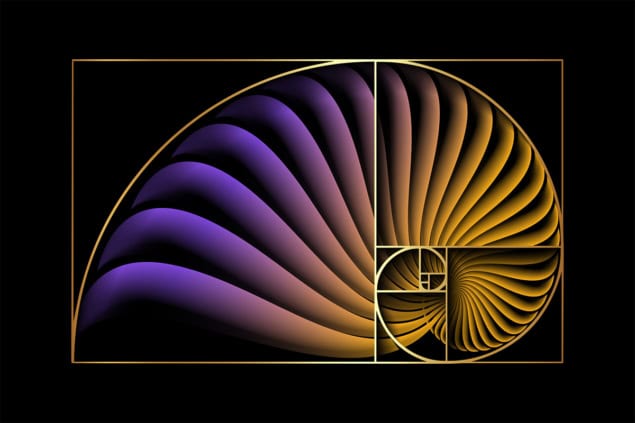Isaac Asimov reviews Think of a Number by Malcolm E Lines

To some minds, including that of the reviewer, there is nothing more fascinating than the snapshots of odd corners of the world of mathematics, corners that are made clear to the non-mathematician. For that you need a clever guide, and there are surely few who are cleverer than Malcolm Lines.
In this book (not his only one) he deals with such old familiar matters as the Fibonacci numbers (sequences of integers, where each is the sum of the two preceding it) and Euclid’s fifth postulate, but manages to bring out points of interest in both. He shows the relationship of the Fibonacci numbers to pine cones and the relationship of Euclid’s fifth postulate to the shape of the Universe, and does so with charm and finesse.
He also discusses those parts of mathematics that have made the headlines in recent years. There are the fractals that deal with curves that possess non-integral dimensions, not quite two-dimensional but certainly more than one-dimensional, for instance. And there is the new mathematics of chaos in which the impossibility of setting the original conditions exactly means that consequences become unpredictable, even where apparently quite simple problems are involved.
But there is no point in repeating the entire book. Let me instead make two points that have risen forcibly to mind as a result of reading it.
First, is the matter of elegance in mathematics. Suppose we are faced with a safe that can be opened by a certain combination of letters and numbers. It may be possible by pure reason to work out a combination that is likely to have been chosen by the person who owns the safe. (I have written mystery stories of this sort.) It is very satisfactory to say, ‘Aha, try this combination’. It is tried and the safe falls open.
On the other hand, it is also possible to make use of a gob of explosive, strategically placed, set it off, and, boom, the safe is open. Now the explosive has solved the problem, yet how unsatisfying it is. The method of explosion may work, but it is not elegant.
Well, in mathematics, there is the four-colour problem. Can any map be coloured in four different colours so that no two adjacent regions have the same colour? Mathematicians were reasonably certain this was so. No map had been devised that required more than four colours. On the other hand, to prove that four colours is always sufficient has eluded some very clever mathematicians.
Lines gives the history of the four-colour problem, including some ingenious proofs that invariably turned out to have subtle flaws that invalidated them. Eventually, it boiled down to dealing with some 1500 different configurations, one by one, to show that four colours were sufficient in each case. Finally, in July 1976, the problem was solved – by the use of two or three computers and 1000 hours of time.
The solution is certainly valid, but it is long and incredibly involved and you have to depend on the computers. It’s not elegant and mathematicians are unhappy and disappointed. They want something clever and more insightful – and who knows, they may yet find it.
Second, is the question of utility. Even the most arcane mathematical byways turn out to be useful. The four-colour theorem should be ideal for the ‘Who would care but a mathematician?’ category, but it turns out to have applications to airline schedules and telephone connections. Prime numbers, which have always been thought of as the purest of pure mathematics turn out to be the key to unbreakable cryptography and are therefore essential to national defence.
There’s a certain ‘dirtiness’ about such utility, a certain diminution of an ethereal ideal. What a relief, then, to turn to ‘hailstone numbers’, lovingly described by Lines. You simply pick a number, if it is odd, you multiply it by three and add one; if it is even, you divide it by two. You repeat this with every new number you get and the result is that the numbers rise and fall like hailstones forming in the air, but, eventually, die down to 1.
Different numbers take different lengths of time to die down and, in the process manage to reach different heights. Small numbers don’t usually last long, but 27 goes through 111 steps before dying and, in the process, reaches a height of 7288 as the 67th number and 9232 as the 77th number. No number does better till 255 is reached. It doesn’t last as long before dying but reaches a peak value of 13,120. The number 77,671 reaches a peak of 1570,824,736 before eventually shrinking.
Must all numbers subjected to this rule eventually die? Is there no number that can dance about in the upper air forever? Mathematicians think they must all die, for certainly all numbers less than one trillion (1 × 1012) do – but there is no general proof of the matter.
What interests me, however, is that surely this is something that can have no conceivable use. It is pure game, pure fun!
- 1990 Adam Hilger 163pp £7.50pb



